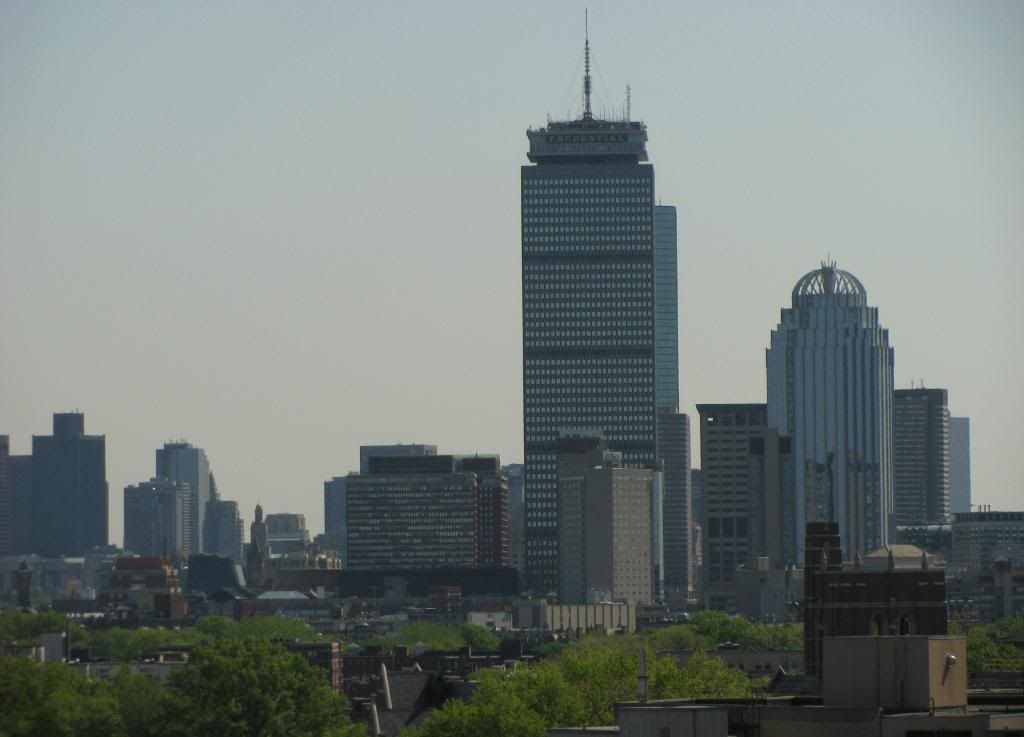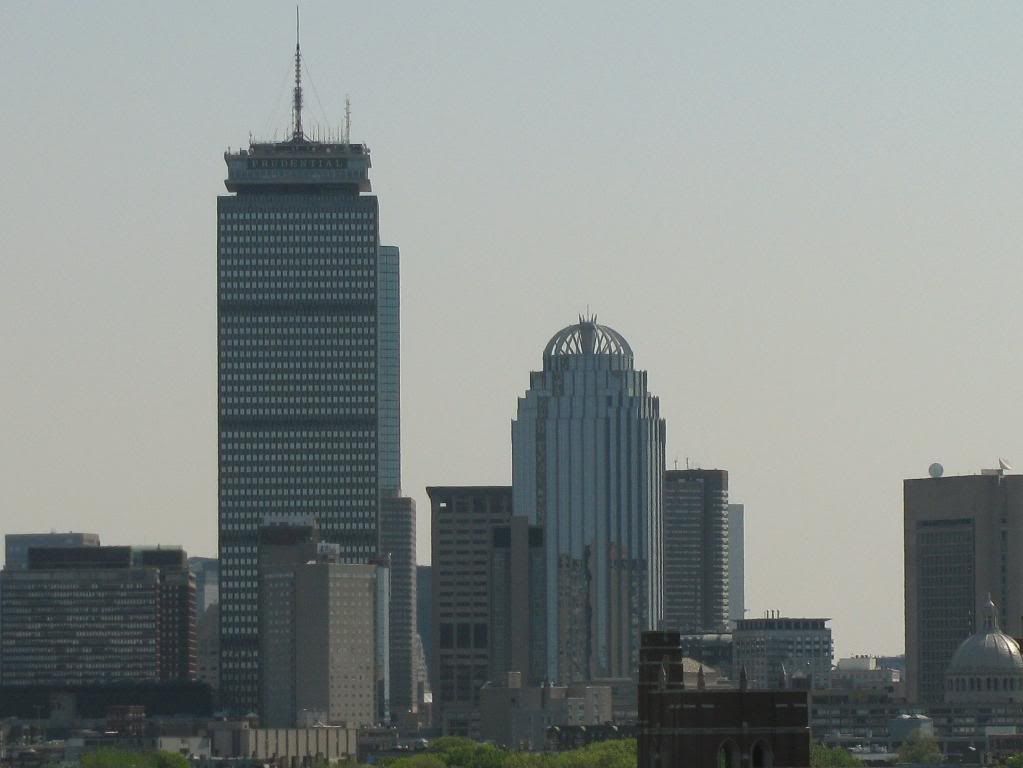You're assuming all the fine details from everything built after the civil war were crafted by artisans. For the most part almost everything one could image was, and still is if one knows where to look, made by industrial processes in rather large factories and widely available as stock from catalogs. Really unique things were crafted for rich patrons and landmarks, but for the most part the average home or office building, ornate as they appear to be today, we the equivalent of the cookie cutter McMansions we all despise today.
As an aside, the McMansion style use of ornament is partly why the cult of modernists railed against ornament, however in hindsight they went too far.
A lot of the stonework you see was either cast or machine carved, much like wood furniture. Door hardware, no matter how simple or ornate follows the same process of stamping or casting followed by plating, if it isn't solid, with the only real factor being the purity of the alloy or base material to suit the process. Ornate plaster was primarily cast in molds, much like it's plastic counterpart today. Tile is tile, the mechanical process, different adhesives and backing, are the only things which have really changed. All the ornate millwork people love in old buildings came from the Home Depot of the day, the lumber was merely better selected and handled to not be beat to death prior to installation. All that really changed is the taste of architects and developers. Architects have been bullied out of old styles and developers, freed from higher public demands and outright expectations for finish quality, cut every penny per square foot they can.
Laser cutting and welding, easier casting processes for everything, better artificial stones and concrete, computer assisted machinery, etc. have made all those lovely little details actually EASIER TO FABRICATE PER UNIT THAN BACK IN THE DAYS OF YORE. One machine doing the work of many, faster, more accurate, easier to change production on the fly, new designs on the fly, etc. The fact that the economy of scale isn't there anymore from having ornament being the standard spec have eroded the number of suppliers and bumped prices a bit, however if one knows where to look it isn't nearly as expensive as people often think.




